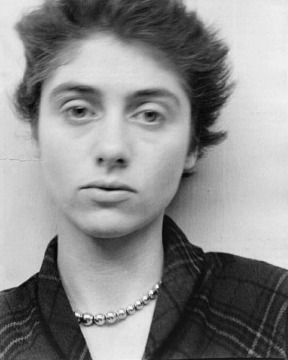
Diane Arbus was an American photographer. She photographed a wide range of subjects including strippers, carnival performers, nudists, people with dwarfism, children, mothers, couples, elderly people, and middle-class families. She photographed her subjects in familiar settings: their homes, on the street, in the workplace, in the park. "She is noted for expanding notions of acceptable subject matter and violates canons of the appropriate distance between photographer and subject. By befriending, not objectifying her subjects, she was able to capture in her work a rare psychological intensity." In his 2003 New York Times Magazine article, "Arbus Reconsidered", Arthur Lubow states, "She was fascinated by people who were visibly creating their own identities—cross-dressers, nudists, sideshow performers, tattooed men, the nouveaux riches, the movie-star fans—and by those who were trapped in a uniform that no longer provided any security or comfort." Michael Kimmelman writes in his review of the exhibition Diane Arbus Revelations, that her work "transformed the art of photography ". Arbus's imagery helped to normalize marginalized groups and highlight the importance of proper representation of all people.
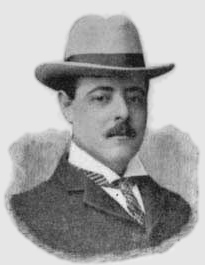
Ernest Joseph Bellocq was an American professional photographer who worked in New Orleans during the early 20th century. Bellocq is remembered for his haunting photographs of the prostitutes of Storyville, New Orleans' legalized red-light district. These have inspired novels, poems and films.
Robert Adams is an American photographer who has focused on the changing landscape of the American West. His work first came to prominence in the mid-1970s through his book The New West (1974) and his participation in the exhibition New Topographics: Photographs of a Man-Altered Landscape in 1975. He has received two Guggenheim Fellowships, a MacArthur Fellowship, the Deutsche Börse Photography Prize and the Hasselblad Award.

Garry Winogrand was an American street photographer, known for his portrayal of U.S. life and its social issues, in the mid-20th century. Photography curator, historian, and critic John Szarkowski called Winogrand the central photographer of his generation.
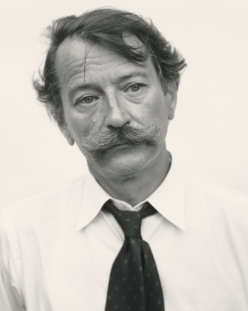
Thaddeus John Szarkowski was an American photographer, curator, historian, and critic. From 1962 to 1991 Szarkowski was the director of photography at New York's Museum of Modern Art (MoMA).

Henry Wessel was an American photographer and educator. He made "obdurately spare and often wry black-and-white pictures of vernacular scenes in the American West".
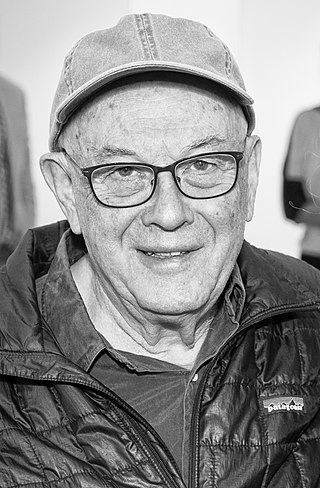
Bruce Landon Davidson is an American photographer. He has been a member of the Magnum Photos agency since 1958. His photographs, notably those taken in Harlem, New York City, have been widely exhibited and published. He is known for photographing communities that are usually hostile to outsiders.
Katy Grannan is an American photographer and filmmaker. She made the feature-length film, The Nine. Her work is held in the collections of the Metropolitan Museum of Art, Museum of Modern Art, Solomon R. Guggenheim Museum, and Whitney Museum of American Art.
William Gale Gedney was an American documentary and street photographer. It wasn't until after his death that his work gained momentum and is now widely recognized. He is best known for his series on rural Kentucky, and series on India, San Francisco and New York shot in the 1960s and 1970s.
Nathan Lyons was an American photographer, curator, and educator. He exhibited his photographs from 1956 onwards, produced books of his own and edited those of others.
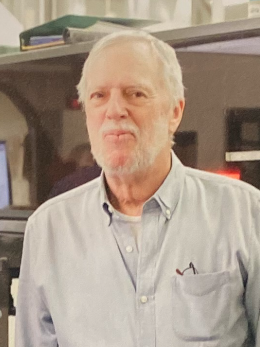
Richard Mead Atwater Benson was an American photographer, printer, and educator who used photographic processing techniques of the past and present.

Bill Dane is a North American street photographer. Dane pioneered a way to subsidize his public by using photographic postcards. He has mailed over 50,000 of his pictures as photo-postcards since 1969. As of 2007, Dane's method for making his photographs available shifted from mailing photo-postcards to offering his entire body of work on the internet.
Leo Rubinfien is an American photographer and essayist who lives and works in New York City. Rubinfien first came to prominence as part of the circle of artist-photographers who investigated new color techniques and materials in the 1970s.

Richard Ross is an American photographer. He is best known for his body of work Juvenile in Justice, which has documented the U.S. juvenile justice system for the last 8 years. The project has been produced with the support of the Annie E. Casey Foundation and the John D. and Catherine T. MacArthur Foundation. In 2007 Ross was the recipient of a Guggenheim Fellowship to finish Architecture of Authority.
Keith A. Smith is an American artist and author. He has taught at the Visual Studies Workshop, the School of the Art Institute of Chicago, and the University of Illinois. He is a recipient of two Guggenheim Fellowships, a National Endowment of the Arts grant and a Pollock-Krasner Foundation grant. Smith creates books as works of art, as well as instructional texts on how to make books. Permanent collections which hold works by Smith include the National Gallery of Art, Museum of Modern Art, the National Gallery of Canada, and the Center for Creative Photography.
New Documents was an influential documentary photography exhibition at Museum of Modern Art, New York, in 1967, curated by John Szarkowski. It presented photographs by Diane Arbus, Lee Friedlander and Garry Winogrand and is said to have "represented a shift in emphasis" and "identified a new direction in photography: pictures that seemed to have a casual, snapshot-like look and subject matter so apparently ordinary that it was hard to categorize".

Fraenkel Gallery is a contemporary art gallery in San Francisco founded by Jeffrey Fraenkel in 1979. Daphne Palmer is president of the gallery.
Sandra S. "Sandy" Phillips is an American writer, and curator working in the field of photography. She is the Curator Emeritus of Photography at the San Francisco Museum of Modern Art. She joined the museum as curator of photography in 1987 and was promoted to senior curator of photography in 1999 in acknowledgement of her considerable contributions to SFMOMA. A photographic historian and former curator at the Vassar College Art Gallery in Poughkeepsie, N.Y., Phillips succeeded Van Deren Coke as head of one of the country’s most active departments of photography. Phillips stepped down from her full time position in 2016.
Peter Johnston Galassi is an American writer, curator, and art historian working in the field of photography. His principal fields are photography and nineteenth-century French art.
Peter Kayafas is an American photographer, publisher, and educator based in New York City. He creates black and white photographs that are "simple and spare, yet quietly overpowering with their evocation of a history on a scale beyond that of individual human lives."









